Is It Possible to Do a Nice Frnt Yard Landscape on Nearly Zero $$
katclaws_mo
13 years ago
Related Stories

HEALTHY HOME6 Tips From a Nearly Zero-Waste Home
Lower your trash output and increase your quality of life with these ideas from a mom who did it to the max
Full Story
DECORATING GUIDES25 Design Trends Coming to Homes Near You in 2016
From black stainless steel appliances to outdoor fabrics used indoors, these design ideas will be gaining steam in the new year
Full Story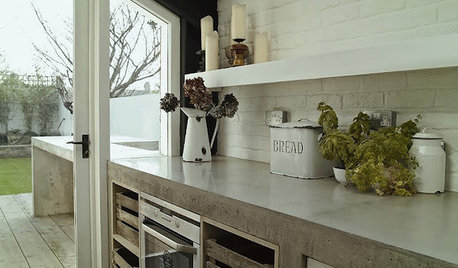
KITCHEN COUNTERTOPSKitchen Counters: Concrete, the Nearly Indestructible Option
Infinitely customizable and with an amazingly long life span, concrete countertops are an excellent option for any kitchen
Full Story
PETS6 Ways to Help Your Dog and Landscape Play Nicely Together
Keep your prized plantings intact and your dog happy too, with this wisdom from an expert gardener and dog guardian
Full Story
EXTERIORSWhere Front Yards Collide: Property Lines in Pictures
Some could be twins; others channel the Odd Couple. You may never look at property boundaries the same way again
Full Story
BEFORE AND AFTERSSee 6 Yards Transformed by Losing Their Lawns
Wondering whether a turf lawn is the best use of your outdoor space? These homeowners did, and they found creative alternatives
Full Story
LANDSCAPE DESIGN15 Great Ideas for a Lawn-Free Yard
End the turf war for good with hardscaping, native grasses and ground covers that save water and are easier to maintain
Full Story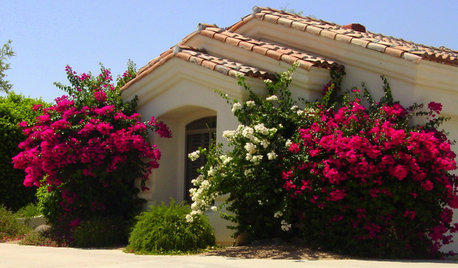
LANDSCAPE DESIGNGreat Design Plant: Sun-Loving Bougainvillea Showers Yards With Color
Bring unbeatable vibrancy to a garden or wall with this unfussy and trainable shrub packed with colorful bracts
Full Story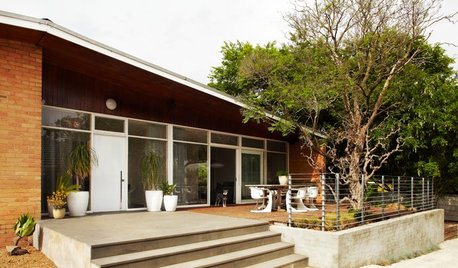
GARDENING AND LANDSCAPINGTake Back Your Front Yard: 8 Ways to Make It Social
If only trees and squirrels gather in your front yard, you're missing out on valuable socializing space. Here's how to remedy that
Full Story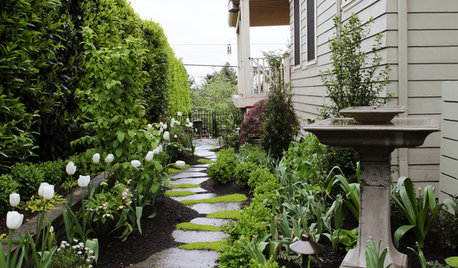
MOST POPULAR25 Ideas to Perk Up Your Side Yard
Turn this often overlooked area into an enticing and useful outdoor space
Full Story





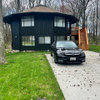


fluffybutt
rhodium
Related Professionals
Hershey Landscape Architects & Landscape Designers · Southfield Landscape Architects & Landscape Designers · Blue Springs Landscape Contractors · Broadlands Landscape Contractors · Cerritos Landscape Contractors · Deerfield Landscape Contractors · Maywood Landscape Contractors · New Berlin Landscape Contractors · Oakland Landscape Contractors · Rio Linda Landscape Contractors · Frisco Decks, Patios & Outdoor Enclosures · Harrisburg Decks, Patios & Outdoor Enclosures · Jupiter Decks, Patios & Outdoor Enclosures · Verona Decks, Patios & Outdoor Enclosures · Wheaton Decks, Patios & Outdoor Enclosurespaint_chips
lazy_gardens
katclaws_moOriginal Author
laag
irene_dsc
Frankie_in_zone_7
holleygarden Zone 8, East Texas
linda_schreiber
laag
missingtheobvious
laag
westsider40
laag
cearbhaill (zone 6b Eastern Kentucky)